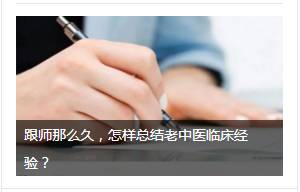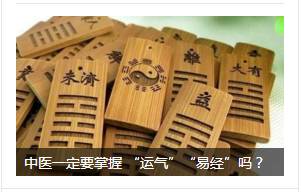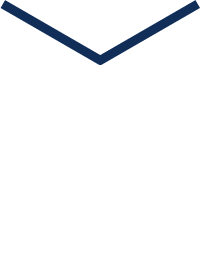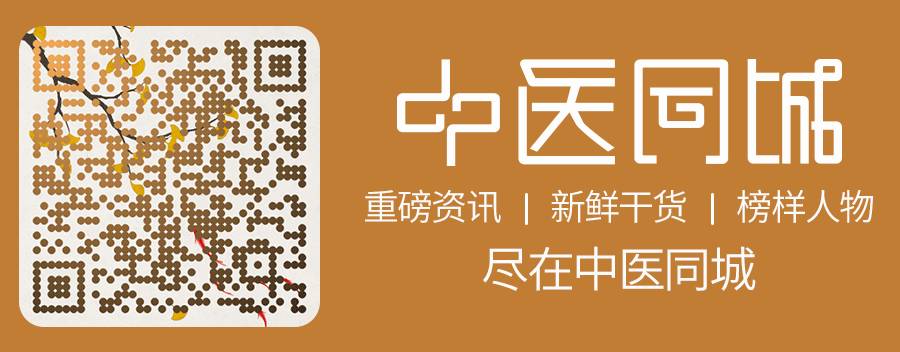Cut diagnosis is not just pulse diagnosis
When it comes to cut diagnosis, it is generally referred to as pulse diagnosis; however, cut diagnosis encompasses more than just pulse diagnosis. It also includes examining the skin, the sides of the body, the area beneath the heart, and the upper and lower abdomen.The term ‘cut’ implies closeness, as in ‘cut close’ or ‘intimate,’ which means using the hands to closely examine the patient’s body to diagnose diseases. Nowadays, many doctors focus solely on pulse diagnosis and neglect other forms of cut diagnosis.
In treating diseases, Zhang Zhongjing emphasized not only pulse diagnosis but also the examination of the chest, sides, and abdomen, which is extensively described in the “Shang Han Lun” (Treatise on Cold Damage). When a patient comes for diagnosis, after a brief greeting to understand the basic situation, pulse diagnosis follows. Before checking the pulse, one can use their hands to feel the temperature of the skin on the forearm. If there is fever, part of the condition can be known beforehand; this is the first step of cut diagnosis.
Especially for diagnosing fever in children, besides using a thermometer and feeling the skin, I prefer to use my lips to sense the temperature, as kissing the child provides a more intimate feel. The sensitivity of the lips is beyond that of the hands; touching the forehead with hands is far less effective than sensing it with the lips. A person’s body temperature is not fixed and can vary; sometimes thermometers can be misleading. Asking the mother about the child’s mouth temperature while breastfeeding can provide first-hand information on whether there is a fever, when it occurs during the day, and any patterns.
When inquiring about sweating, it is generally the first question to ask. This is easy to clarify in adults, but more challenging in children. One can use their palm to feel the front and back of the chest; the dryness or moisture of the skin can clearly indicate the presence of sweat. If it is moist, even if it indicates sweating, medication should be used judiciously. These are minor actions, yet they are essential skills for diagnosis.
For cut diagnosis of the chest, sides, and abdomen, the patient must first assume a proper position, lying flat on the examination table with their legs bent, relaxing their mind and not resisting the physician.
Let’s discuss the symptoms of Chai Hu (Bupleurum) related to “chest and side fullness.” This is the patient’s self-perception. If there is “hardness beneath the ribs,” the patient may not be able to articulate it clearly. By pressing under the ribs and on the sides of the abdomen, one can feel fullness lightly or resistance when pressed harder. At this time, the patient may frown or express slight pain; symptoms like “urgent feeling beneath the heart,” “hardness beneath the heart,” and “pain upon pressing beneath the heart” indicate hardness and resistance to pressure, varying in degree. The severity of the Chai Hu syndrome can be discerned.
Phlegm and fluid accumulation in the chest and sides can be detected not only by the patient’s self-reported feelings of fullness or pain during breathing but also through the physician’s examination. By pressing upwards on the stomach and diaphragm, one can elicit chest and side pain and a feeling of suffocation, which indicates “hardness and fullness beneath the heart, leading to pain beneath the ribs.”
In terms of symptoms beneath the heart, the term “hardness” is primary. Hardness indicates blockage; although it differs from the “stomach knot” which is “not approachable,” the symptom of “hardness beneath the heart” is contrasted with the “stomach knot” which is “hard and painful.” By assessing the degree of hardness and the presence of pain, one can understand the severity and nature of the disease, leaving no hidden details.
“Abdominal fullness with pain” indicates a preference for warmth and pressure, suggesting a deficiency, with the disease located in the Taiyin (Greater Yin). “Severe pain with resistance to pressure” indicates excess, with the disease located in the Yangming (Bright Yang), and the choice of medication can be adjusted based on whether to relieve or purge.
The temperature of the abdominal skin, as well as the tension and relaxation of the abdominal muscles, can often be felt during cut diagnosis. The main focus is to understand the warmth or coolness, softness or hardness, lumps, and tenderness in the abdomen.
For instance, feeling the abdominal skin for warmth or coolness can help differentiate between cold and heat syndromes. If the skin is not warm or cold, it indicates a cold syndrome; if the patient prefers warmth, it indicates a deficiency cold syndrome; if the skin is very hot and feels burning, it indicates a heat syndrome; if the patient prefers cold objects, it indicates a real heat syndrome. If pressing reveals heat, it indicates internal heat; light pressure on the abdominal wall feels soft, while heavy pressure on the navel feels firm, which is often a normal state.
A thin abdominal wall that feels soft and weak indicates a deficiency syndrome; a hard abdominal wall indicates an excess syndrome.
Abdominal distension with a feeling of fullness and tenderness, along with a heavy, dull sound upon percussion, indicates an excess syndrome; if it feels empty and without tenderness, with a resonant sound like a drum upon percussion, it indicates a deficiency syndrome.
Pain upon pressing the abdomen, especially if there is resistance to pressure, indicates an excess syndrome.
Pain that is fixed and unchanging upon pressure, with persistent stabbing pain, indicates blood stasis.
Pain that is variable, with distension that comes and goes, indicates qi stagnation.
When examining the abdomen for lumps, attention must be paid to their size, shape, hardness, tenderness, and whether the surface is smooth. Abdominal lumps that are painful indicate accumulation. Fixed lumps that are painful upon pressure indicate a chronic disease related to blood; lumps that are variable and painless indicate a gathering syndrome related to qi.
Using percussion to vibrate the organs is also a method of diagnosis, such as in the diagnosis of suspected urinary stones. Small stones may not be visible on ultrasound. They may not rupture the urinary tract, and blood cells may not be visible under a microscope, and some may not cause urinary irritation. Except for the obvious pain from kidney stones, abdominal pain from stones in the ureter can often be confused with acute appendicitis or gynecological acute abdomen. I often percuss the affected kidney; if the pain in the abdomen worsens with percussion, it can confirm the diagnosis.
In gynecology, special attention must be paid to cut diagnosis. If one relies solely on the patient’s complaints without performing abdominal examination, the condition is often difficult to clarify. The examination of the uterus and adnexa differs.
When pressing the lower abdomen, one first assesses the fullness of the uterus; fullness and distension often indicate excess, while softness and shrinkage often indicate deficiency. If pressing causes pain, and the pain lessens or is preferred upon pressure, it indicates deficiency; if pressing increases pain or resistance, it indicates excess. The position for examining the adnexa is in the lower abdomen, where any masses or pain can be detected.
Zhang Zhongjing’s discussions in the three treatises on women’s diseases often focus on cold syndromes and excess conditions, as “women’s diseases arise from deficiency, accumulation of cold, and qi stagnation, leading to obstruction of the meridians and blood, resulting in cold accumulation and hardened meridians…” This summarizes the essence.
For febrile diseases, examining the skin can reveal the presence of exterior or interior conditions and cold or heat; for miscellaneous diseases, examining the chest and abdomen can explore yin and yang and deficiency and excess.
The knowledge gained through the physician’s own physical examination is intuitive, while the knowledge gained from cold machines is mechanical, and can only serve as an aid to the physician.Currently, relying entirely on medical auxiliary examinations to understand diseases has become a bad habit, leading to a decline in diagnostic skills among physicians, and even suggesting that diagnostic skills are nonexistent, which is very dangerous.
Copyright Statement
This article is excerpted from “Yi Men Zao Yan,” by Fan Zhengyang, edited by /Ban Xia.
Copyright belongs to the relevant rights holders. If there are any improper uses, please feel free to contact us.

Youth TCM Good Article Selection
▼


 -Business Contact-
-Business Contact-
Chief Liaison Officer WeChat|meleyan
-For Reprints and Originals Contact-
Chief Secretary WeChat|zytc_zs


